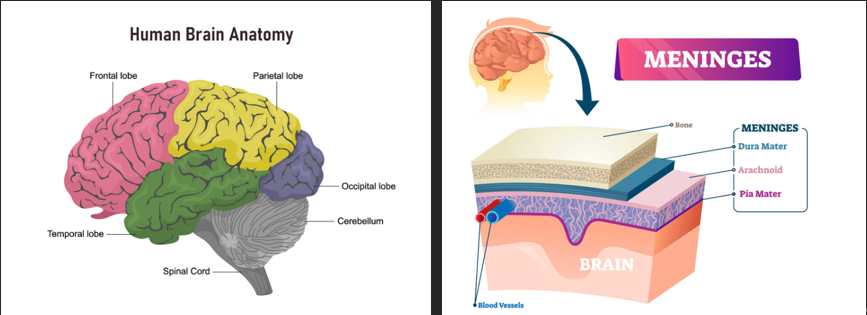

Volume 166
Published on June 2025Volume title: Proceedings of CONF-SEML 2025 Symposium: Machine Learning Theory and Applications
Alzheimer’s disease (AD) is a progressive neurodegenerative disorder, and its exact causes and influencing factors remain unclear. Traditional diagnostic methods require substantial human effort, often lack sufficient accuracy, and are challenged by the subtlety of early symptoms, which can easily be misinterpreted as other age-related conditions such as senile depression. In recent years, the integration of machine learning (ML) and deep learning (DL) techniques has provided new possibilities for improving early diagnosis. This paper reviews the basic theory of AD, introduces diagnostic approaches that apply ML and DL methods, and discusses current limitations in data availability and model performance. Finally, it explores future trends aimed at enhancing the accuracy and efficiency of intelligent AD diagnosis systems. This study aims to provide a comprehensive overview of current research progress and offer theoretical support for the future development of intelligent early diagnostic tools for Alzheimer's disease. It also serves as a reference for applying artificial intelligence techniques in the broader field of neurodegenerative disease detection.

 View pdf
View pdf


The problem of network security is becoming more and more serious, which brings huge losses to individuals, enterprises and countries. Concurrently, artificial intelligence(AI) has made remarkable progress, and its application in the field of network security has gradually received attention. This paper focuses on the application of AI in the field of network security, and comprehensively compares AI-driven approaches with traditional network security protection methods by using literature research method, case analysis method and comparative analysis method. The objective is to assess the effectiveness and challenges of AI technologies in enhancing network security. The study found that artificial intelligence, relying on machine learning, deep learning and natural language processing and other technologies, performs well in intrusion detection and defense, malicious code identification and defense, and network security situation awareness, which can effectively improve the level of network security protection. However, it also faces many challenges in its application. To address these challenges, the paper proposes methods to enhance the application of AI in network security protection, such as improving the diversity and quality of data, simulating different network environments and attack scenarios, encrypting the collected data, and evaluating models with multiple verification methods.

 View pdf
View pdf


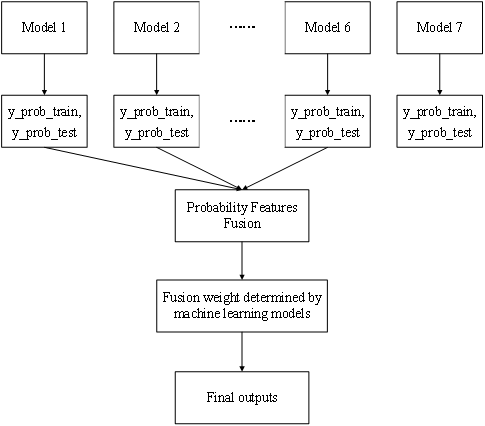
Colorectal Cancer (CRC) is a highly prevalent malignancy globally, and early prediction is crucial for improving prognosis. This study used a multidimensional CRC dataset (n=1000) provided by the Kaggle platform, which contains 14 clinical and lifestyle characteristics. First, data imbalance was mitigated through Random Oversampling (ROM) and standardization. Subsequently, a comprehensive evaluation was performed on seven baseline machine learning models, including Gradient Boosting Decision Tree (GBDT), eXtreme Gradient Boosting (XGBoost) and so on. Based on performance metrics such as accuracy and F1 score, GBDT and XGBoost were subsequently selected as the optimal base learners. Finally, the predictive probability features generated by the base learners are fed into the meta-learners such as Random Forest (RF), K Nearest Neighbor (KNN) and Multi-Layer Perceptron (MLP) for secondary modeling. The interpretability of the model is achieved through the Shapley Additive exPlanations (SHAP) value, which quantifies the marginal contribution of each feature to the prediction. Experiments show that the RF integration architecture based on GBDT and XGBoost baseline models has the best performance (accuracy of 0.9527 and AUC of 0.9923). SHAP analysis showed that Activity_Level and BMI were core predictors with limited contribution from gender, confirming the prioritization of exercise and weight management in CRC prevention. The framework demonstrated excellent robustness and maintained its predictive advantage even when inefficient base models e.g., Logistic Regression (LR) were introduced. This study provides an interpretable machine learning paradigm for CRC risk stratification with potential for clinical translation.

 View pdf
View pdf


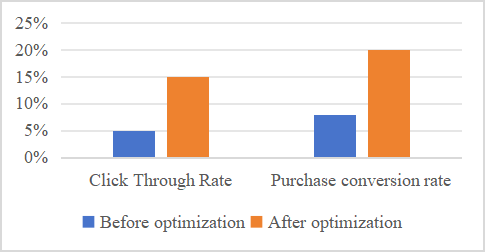
This article proposes a framework for automatic classification and recommendation of information resources based on deep learning. Through neural networks and natural language processing techniques, automatic classification of information resources can be effectively achieved, and personalized suggestions can be provided based on user behavior and semantic features of items. The classification adopts a combination of convolutional neural network and long short-term memory network for more accurate localization of text labels; The combination of deep learning collaboration and content recommendation algorithm is recommended to improve the recommendation effect. The experiment shows that this design method has improved accuracy and recommendation effectiveness compared to traditional classification and recommendation methods, and has the advantages of high accuracy and high real-time performance, which can meet the needs of information processing in large-scale data processing.

 View pdf
View pdf


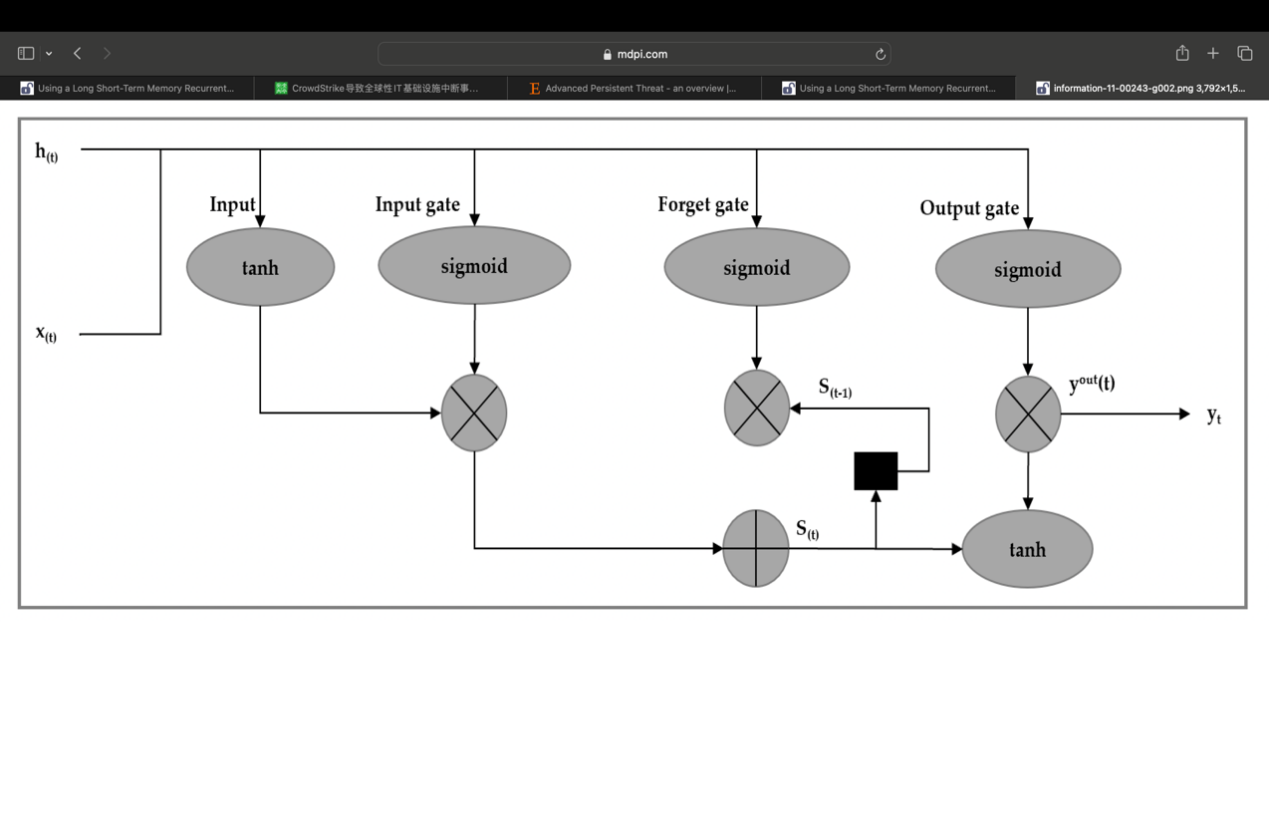
Traditional defense mechanisms are no longer sufficient in dealing with the growing complexity of cyber threats—such as advanced persistent threats (APTs), zero-day exploits, and supply chain attacks. Artificial intelligence (AI) offers solutions to these issues by supporting automated threat identification, adaptive response measures, and predictive analysis techniques. The exploration in this article focuses on cybersecurity implementations driven by AI, highlighting machine learning techniques such as supervised classifiers, which address known threats, and unsupervised clustering used for detecting anomalies; along with deep learning methods like long short-term memory (LSTM) networks suited for analyzing temporal patterns, alongside graph neural networks (GNNs) aiding in designing attack path models. Additionally, this article looks at automated defense systems, like SOAR platforms and zero-trust architectures, and evaluates them with case studies on preventing ransomware and protecting cloud systems. Although AI's role is promising, it still faces significant obstacles such as adversarial tactics targeting vulnerable AI frameworks, privacy conflicts, particularly under regulations like GDPR, and challenges related to scalability. Future plans look at federated learning projects that promote teamwork without central control and include AI in new cryptographic methods to protect against risks from quantum computing. Through compiling recent research trajectories while focusing on practical usages, this paper serves to outline how to create secure, robust cybersecurity structures powered by AI safeguarding vital public infrastructure within an ever more competitive digital realm.

 View pdf
View pdf


Weakly supervised semantic segmentation aims to achieve segmentation performance comparable to fully supervised methods through low-cost annotation forms such as image level labels or bounding boxes. This article systematically reviews two types of weakly supervised learning methods based on image level labels and bounding box supervision. For image level label supervision, mainstream methods generate initial seed regions through Class Activation Mapping (CAM) and use pixel correlation expansion or iterative optimization strategies (such as erasure and adversarial training) to solve the problem of CAM only covering discriminative regions; Representative works such as SEC and AE-PSL improve segmentation integrity by introducing significance constraints or self -training mechanisms. For bounding box supervision, BoxSup et al. have demonstrated that instance segmentation frameworks such as CRF refinement or Mask RCNN can effectively utilize intra box coordinate information to generate high-quality pseudo labels, while recent work such as BBAM has explored intra box pixel level relationships through attention mechanisms. Furthermore, this article compares the efficiency performance trade-off between two types of supervised signals: image level label annotation has the lowest cost but relies on complex post-processing. Experiments have shown that hybrid supervised methods combining multi-stage self-training and cross modal consistency constraints, such as SDI-MTL, can significantly narrow the performance gap between weakly supervised and fully supervised methods. Future directions include exploring noise robust label propagation mechanisms and weakly supervised learning frameworks for cross task collaboration.

 View pdf
View pdf


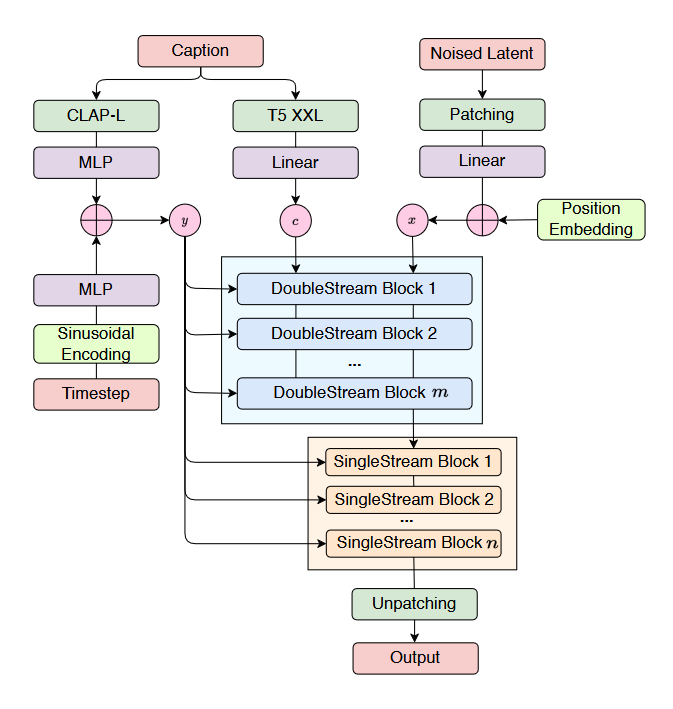
As a matter of fact, music composition is of the hot topics in contemporary society. With the proposal of the state-of-art models, great progress has been achieved in terms of music composing based on autoregressive models as well as diffusion models. In this paper, the benefits and drawbacks of autoregressive models and diffusion models in the context of AI music generation are compared. To be specific, this study places its focus on 4 specific models, i.e., CARGAN, SaShiMi, FluxMusic, and MeLoDy. According to the analysis, AR models generate music sequentially, synthesizing high quality music, but suffers from issues like poor coherence over longer pieces and low efficiency. In contrast, diffusion models iterate over the entire waveform to refine details, which leads to better overall structure but can be much more resource intensive. Nevertheless, both methods have promising prospects, and a hybrid approach could have great future potential. Overall, these results offer a guideline for further exploration of music composition.

 View pdf
View pdf



Algorithmic composition is the use of automated processes in music composition as a means of removing human intervention from the compositional process. Many composers throughout history have experimented with diverse approaches, with or without the computer. This STUDY is an exploration of the potentials of random walk in music composition using the Nyquist IDE. While random walks possess inherent limitations, such as their unbounded range, they can generate sequences of pitches that resemble melodies with constraints applied. According to the analysis, linear functions were particular effective in shaping melodic contours. Pitches deviating from the established chord progression were quantized to maintain consonance. A worked example inspired by Canon in D illustrates how this approach can generate distinctive harmonic textures, highlighting its creative potential. This model holds relevance across diverse musical contexts, from real-time improvisation for multimedia to collaborative composition and performance, offering artists a tool for inspiration and an accessible means of composition.

 View pdf
View pdf


The demand for efficient and precise diagnosis in the field of medical diagnosis is currently increasing exponentially. Traditional medical diagnostic methods face significant limitations in processing vast amounts of medical data and strained medical resources. However, with the development of computer technology, deep learning techniques have been increasingly applied in various areas of medical diagnosis, significantly accelerating the processing of large volumes of medical data and effectively enhancing the efficiency and accuracy of medical diagnosis. By compiling multiple literature sources on the application of deep learning techniques in medical diagnosis, this article summarizes two different application forms of deep learning in medical diagnosis: the integration of transfer learning and deep learning, and the combination of deep learning and the Internet of Things (IoT). It also discusses the application of these techniques in medical imaging and the auxiliary diagnosis of clinical diseases, as well as their primary impacts on medical development. The article emphasizes the advantages brought by the application of deep learning in medical diagnosis.

 View pdf
View pdf





